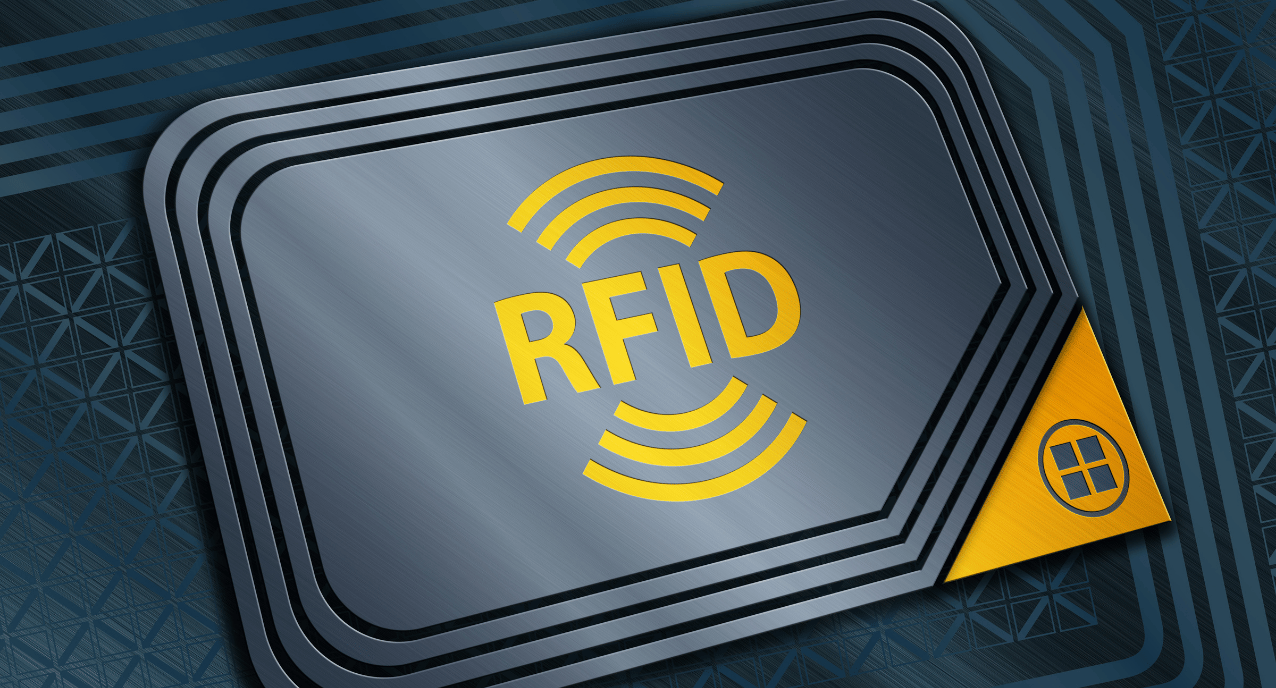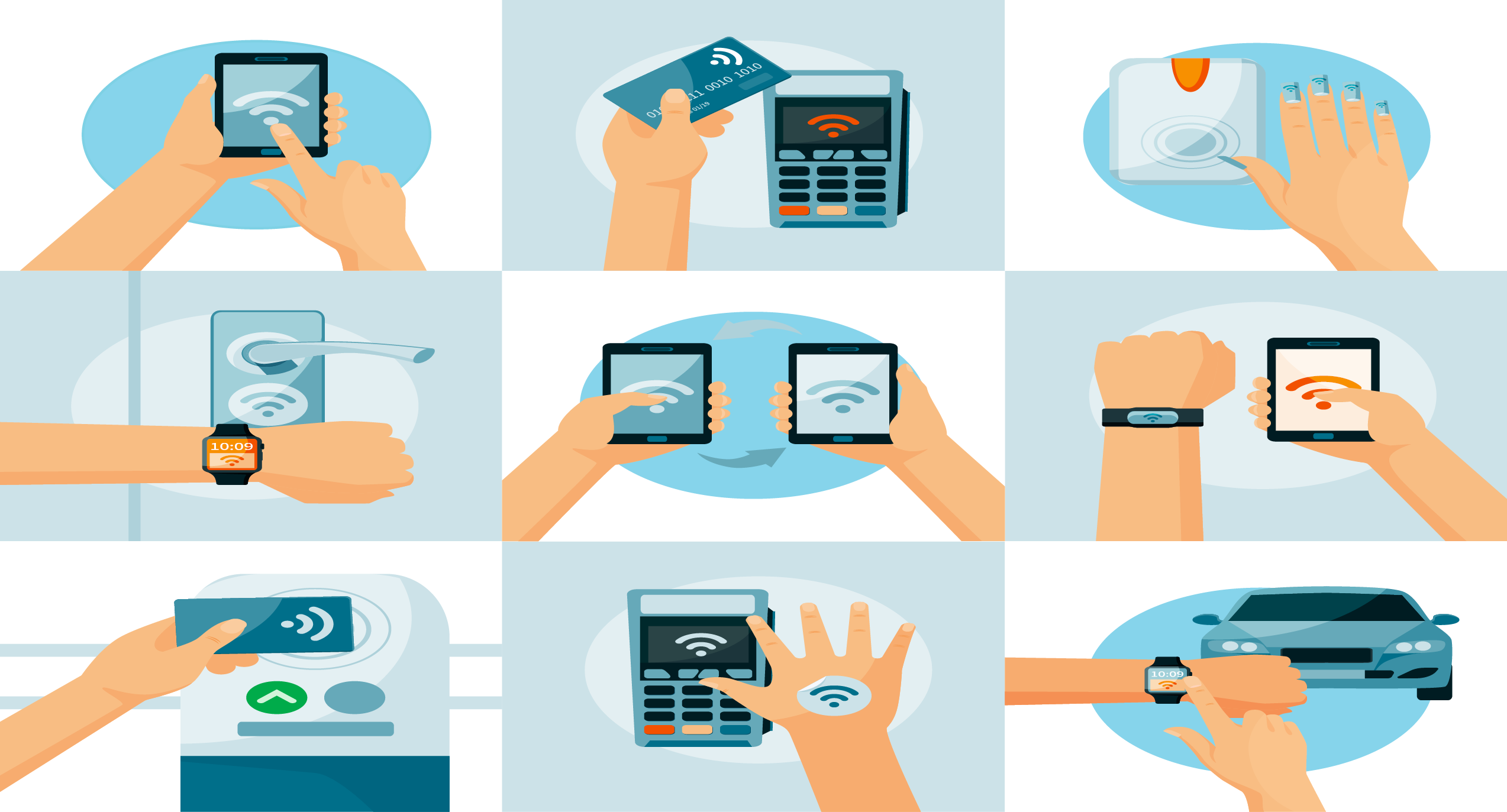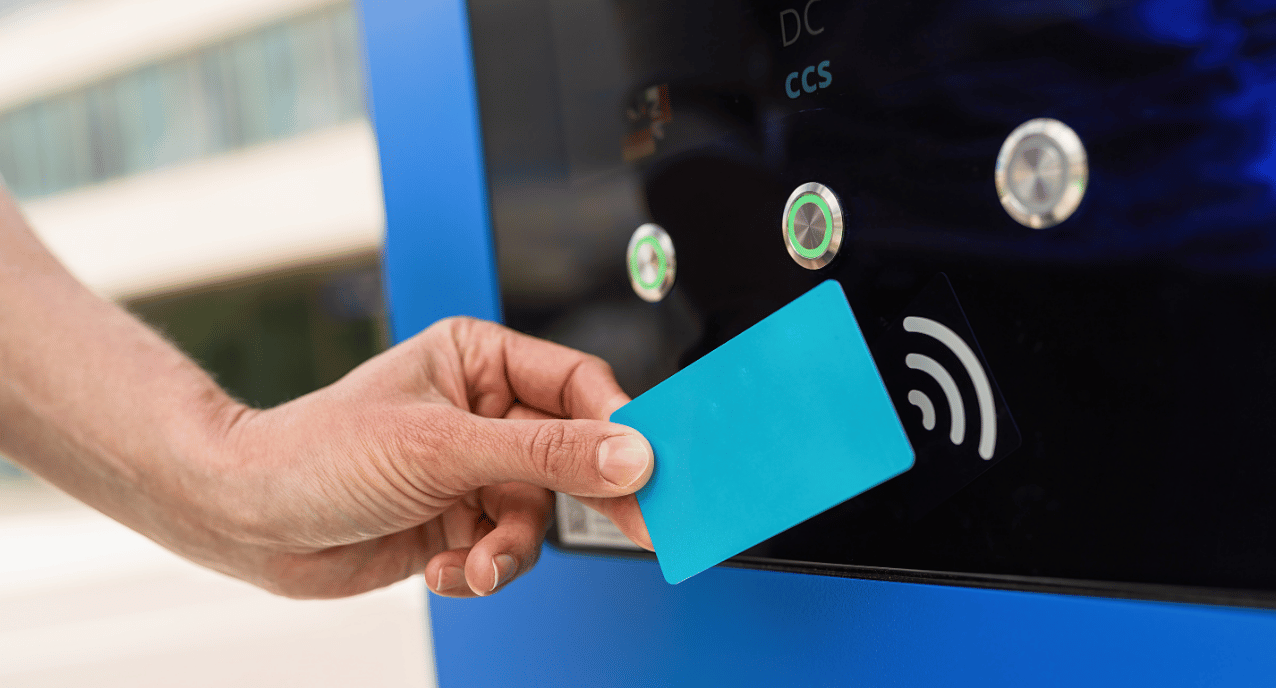Radio Frequency Identification (RFID) is a technology that uses radio waves to automatically identify and track objects equipped with RFID tags. These tags consist of a small microchip that stores information and an antenna that transmits the data to an RFID reader. This technology enables contactless communication without the need for direct physical contact or a line of sight, making it ideal for various applications such as inventory tracking, logistics management, cashless payments, security systems, and pet identification. RFID comes in two main types: passive (which requires no internal power source) and active (which uses a battery), offering flexibility based on specific needs. Compared to beacon technology, RFID is better suited for short-range, high-precision tracking, while beacons excel in location-based services and broader coverage. Both technologies complement each other in IoT and automation systems, enhancing efficiency across industries like retail, healthcare, and supply chain management.
Radio Frequency Identification (RFID) is a technology that uses radio waves to automatically identify and track objects equipped with RFID tags. These tags consist of a small microchip that stores information and an antenna that transmits the data to an RFID reader. This technology enables contactless communication without the need for direct physical contact or a line of sight, making it ideal for various applications such as inventory tracking, logistics management, cashless payments, security systems, and pet identification. RFID comes in two main types: passive (which requires no internal power source) and active (which uses a battery), offering flexibility based on specific needs. Compared to beacon technology, RFID is better suited for short-range, high-precision tracking, while beacons excel in location-based services and broader coverage. Both technologies complement each other in IoT and automation systems, enhancing efficiency across industries like retail, healthcare, and supply chain management.


